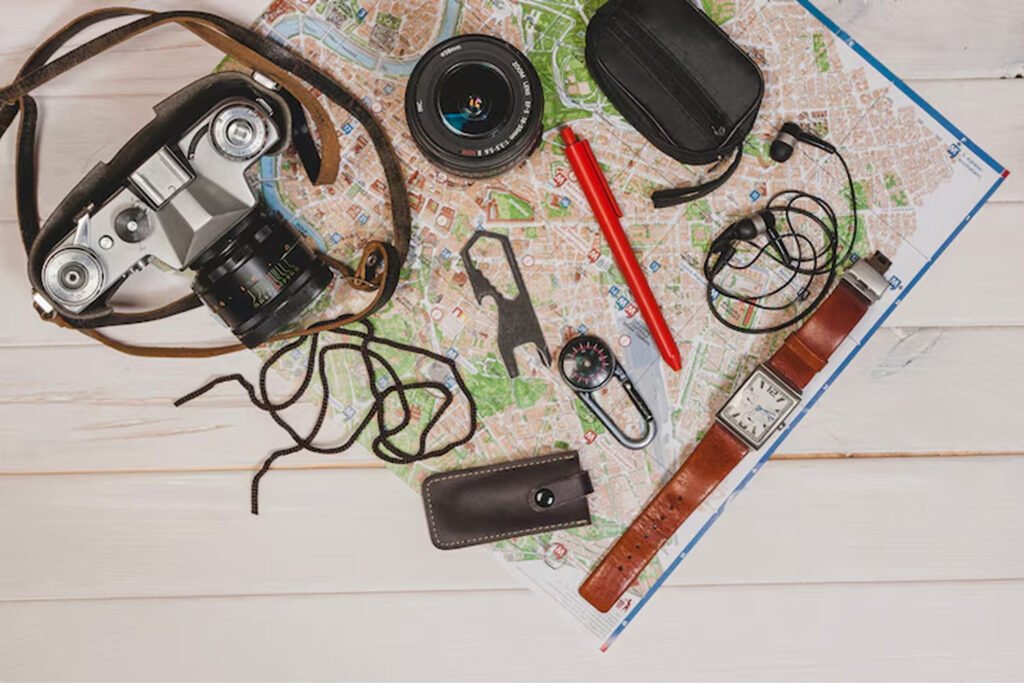Can neglected gear upkeep cost you more than the gear itself? Surprisingly, the answer is yes. Birdwatching requires specialized equipment like binoculars, scopes, and cameras, each indispensable for a successful outing. Yet, regular maintenance is often an afterthought despite being critical for optimal performance and extending the lifespan of costly devices. Poorly maintained binoculars alone could leave you with a hefty replacement bill. This guide provides essential tips to preserve your gear, ensuring every birding adventure is a visual delight without breaking the bank.
Cleaning Birdwatching Optics: Binoculars and Scopes
Proper maintenance of birdwatching optics is crucial for preserving clarity and extending the lifespan of binoculars and scopes. Essential materials for cleaning these optics include a soft lens brush, a lens blower, a microfiber cloth, and a mild lens cleaning solution. These tools are vital in preventing scratches and maintaining the quality of the lenses.
To clean birdwatching optics effectively, follow these steps:
- Remove Loose Dirt and Debris: Start by using a soft lens brush to gently remove any loose dirt or debris from the lenses and eyepieces. This step is important to avoid scratching the lens surface.
- Use a Lens Blower: For finer particles that the brush may miss, use a lens blower to carefully blow away any remaining debris.
- Apply Lens Cleaning Solution: For stubborn dirt or smudges, apply a mild lens cleaning solution to a microfiber cloth. Ensure the solution is appropriate for optical lenses and free of harsh chemicals.
- Wipe Lenses Gently: Use the microfiber cloth to wipe the lenses in a circular motion. This technique helps avoid damaging lens coatings and ensures a streak-free finish.
- Inspect and Repeat if Necessary: After cleaning, inspect the lenses for any remaining smudges or dust. Repeat the cleaning process if required.
Recommended cleaning solutions and tools include air blowers designed for optics, microfiber cleaning cloths, lens pens for detailed cleaning, and lens swabs for hard-to-reach areas.
In addition to regular cleaning, using anti-fog solutions is important to maintain clear visibility in varying weather conditions. Proper storage is also crucial in protecting optics from moisture. Store binoculars and scopes in a dry, dust-free environment, utilizing padded cases with lens caps to prevent damage. Consider using moisture-absorbing desiccants in storage areas to further safeguard against humidity. These practices not only preserve the functionality of your optics but also enhance your overall birdwatching experience.
Best Practices for Gear Storage and Protection
Properly storing birdwatching gear is crucial for maintaining its functionality and prolonging its lifespan. Why is storage so important for gear longevity? By safeguarding equipment from environmental damage, such as moisture and UV exposure, birdwatchers can ensure their gear remains reliable and in working order for many years. This preventive approach not only protects the equipment’s performance but also reduces the need for costly replacements.
Effective storage practices include key considerations for moisture control and UV protection. Here are some essential tips to ensure your gear stays in top condition:
- Moisture Control: Use lens caps and covers to protect optics from humidity. Consider placing a moisture-absorbing desiccant in your storage area to keep the environment dry.
- UV Protection: Store gear away from direct sunlight to prevent damage from UV rays. Opt for a shaded location or use protective covers that block UV exposure.
- Padded Cases: Utilize padded cases to shield your equipment from dust and physical damage. These cases provide an additional layer of protection during transport and storage.
How can waterproof bags and desiccants help prevent mold and extend the lifespan of gear? Waterproof bags offer an effective barrier against moisture, especially in damp environments or when gear is transported in inclement weather. Desiccants are particularly useful for absorbing residual moisture within storage cases, thereby reducing the risk of mold formation. By integrating these storage solutions, birdwatchers can maintain the integrity of their gear, ensuring it remains a dependable companion on their outdoor adventures.
Final Words
Emphasizing the importance of proper maintenance for birdwatching gear can greatly enhance the longevity and performance of your equipment. The article highlighted essential gear, including binoculars and cameras, showcasing the financial benefits of regular upkeep. Detailed cleaning instructions and storage tips ensure protection against environmental damage.
Understanding these practices offers long-term savings and better performance. Following A Guide to Birdwatching Gear Maintenance can prevent costly replacements and ensure consistent, quality birdwatching experiences. Reliable gear, well-maintained, allows for uninterrupted enjoyment of birdwatching endeavors.
FAQ
What are the essential items in a birdwatching kit for beginners?
A birdwatching kit for beginners should include binoculars, a field guide, a notebook for recordings, a hat for sun protection, and a backpack to carry essentials.
What colors should be avoided for birding?
Avoid wearing bright colors, such as red, yellow, and white, for birding. These colors can be alarming to birds, which might lead to fewer sightings.
What is the most important piece of equipment for birding?
Binoculars are the most important piece of equipment for birding, as they allow users to observe birds from a distance without disturbing them.
What does “dip” mean in birding?
In birding, “dip” refers to the disappointment of missing a bird that was expected to be seen, often due to weather or movement.


